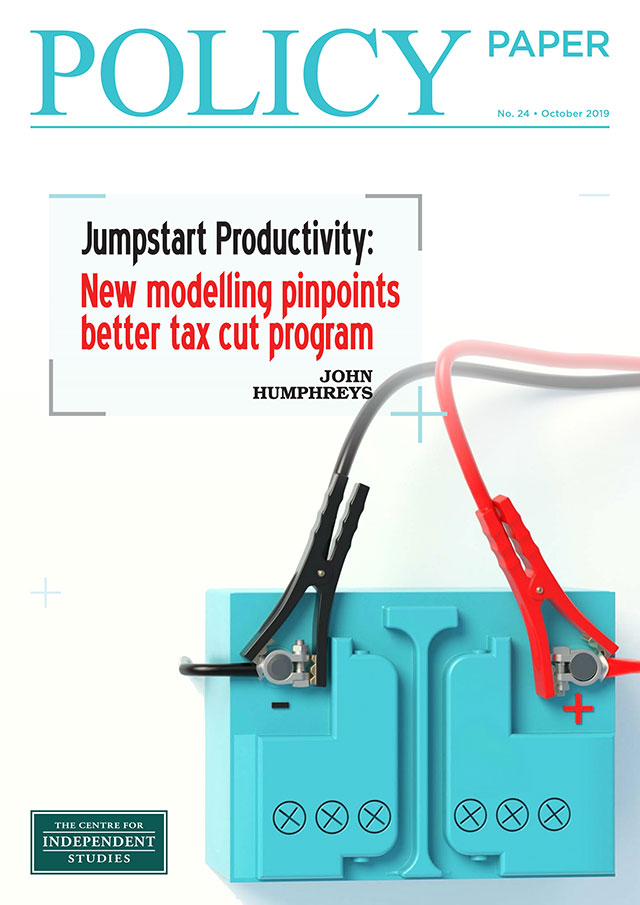
Treasury modelling of the government’s tax changes make the strange assumption of no behavioural change, leading them to ignore economic efficiency and overestimate the revenue implications. Proper modelling provides crucial further information:
- The Low-Middle Income Tax Offset (LMITO) does nothing to improve economic efficiency and will cost about 10% more than expected.
- The long-term structural tax reforms scheduled for 2022 and 2024 create significant economic benefits, boosting GDP by about $36 billion/year and increasing efficiency by $13 billion/year – this is over and above the direct financial benefits received by taxpayers.
- Treasury estimated the structural reforms would cost about $235 billion over ten years, but proper tax modelling shows the true cost is 38% less at only $145 billion over ten years.
- Scrapping the LMITO and bringing forward the structural tax reforms would give large benefits at a relatively low cost; it would be possible to do this while keeping the budget in surplus.
- Looking beyond the details of the current tax changes, it is crucial that the Australian Treasury copy the lead of the UK Treasury by introducing dynamic tax modelling before they provide tax advice or forecasts.











